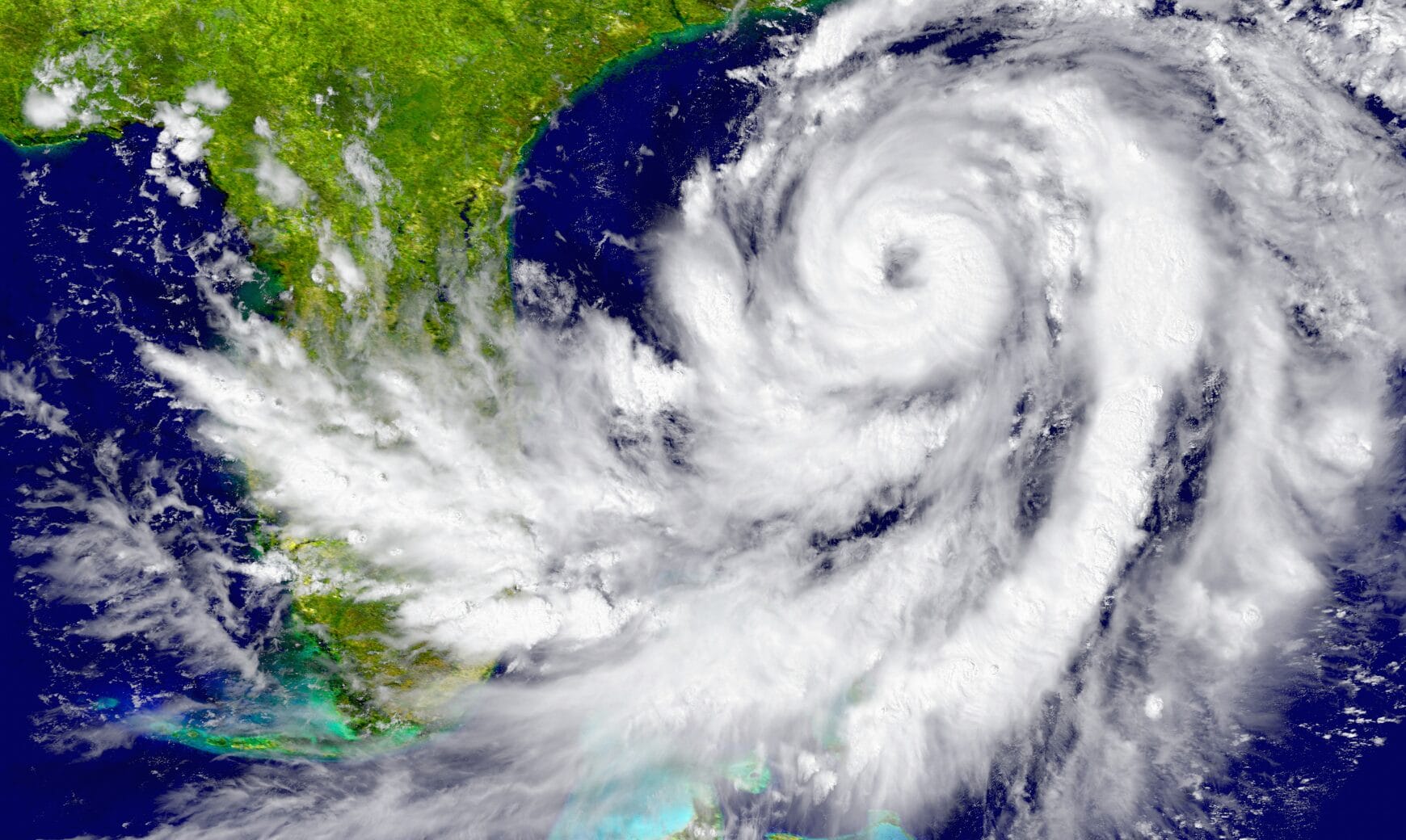J. Wylie Donald speaks with Law360 to discuss climate change and the changes it has on the hurricane season and changing flood zones, and what that means for policyholders.
Wylie says, “If you’re not looking at ‘What is the weather of today; as opposed to ‘what is the weather that I’ve been used to,’ then the weather of today is going to surprise you.”
While most will recognize that their standard property policy excludes flood coverage, and that they will need an endorsement or additional policy to protect against flood, what they may not recognize is that they may not get full limits coverage – they will be sublimited. That is significant. First, as Wylie points out, “Is this going to be sufficient?” Those sublimits are not sufficient for the other risks you are insuring, why are they satisfactory for flood? Second, some excess policies have a sublimit exclusion, meaning that flood is excluded all the way into your coverage. That would add insult to injury.
Floods happen in flood plains. But climate change is rewriting the flood plain maps, and policyholders need to keep up. Rainfall is different now and insureds need to ask the right questions: “what does the forward-looking forecast look like, not the backward-looking forecast?” “[Is it] really a 500-year floodplain, or because of the changing climate, is it now a 100-year floodplain or a 50-year floodplain?”
Since we know a hurricane will strike sooner or later, preparation is key. Wylie recommends ensuring that business records will be available—which means storing them somewhere out of the path of the hurricane, and figuring out how you will tell your story. Key, as Wylie emphasizes, is recognition that while “you can’t change the facts, the presentation of the facts is something that you can control” and you want them “presented in the way that is advantageous to you to get coverage.” Your lawyer or a public adjuster can greatly help you there.
